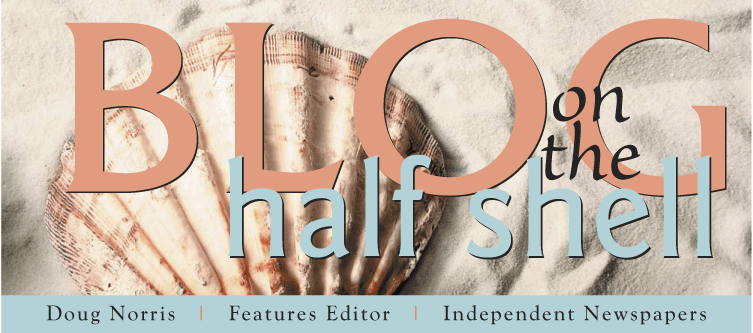From Operation Plunder Dome to “Puppy Dog” Mollicone, Rhode Island is a paint-by-numbers portrait of trials and errors, a connect-the-dots epic of crime and slime. Sleaze is so much a part of the culture that it has become a perverse source of collective pride for many Rhode Islanders, who love a good scandal as much as a good story or joke. (Usually you can weave all three into the same sentence. This is the Rhode Island equivalent of haiku.)
But judging by recent reports, Rhody may be losing its me-first mojo. Early warning signs occurred nearly five years ago. In a report on “Public Corruption in the United States” released by Corporate Crime Reporter at the National Press Club, popular perception failed the statistical litmus test. The analysis documents the number of prosecutions and convictions involving federal, state or local officials nabbed in public corruption investigations.
The states with perhaps the worst reputations for corruption have historically been Louisiana, Illinois, Rhode Island and New Jersey.
Louisiana … is not the most corrupt state in the country, as its reputation might indicate. It comes in third. Illinois, living up to its reputation, comes in fifth. New Jersey, believe it or not, comes in 16th. Rhode Island is even less corrupt than New Jersey – it comes in 20th.
Three weeks ago, The New York Times ran a new survey, ranking all 50 states and four territories (D.C., Puerto Rico, Guam and the Virgin Islands) in three measures of public corruption. The first updates the Corporate Crime Reporter information for 2008, itemizing convictions in federal public corruption cases at local, state and federal levels. Rhody ranked 49th with 26 cases. (In first place: Florida with 824.)
Of course, Rhode Island is a dense but small state, with a population hovering around a million. So the second measure adjusts the data for population. Even per capita, Rhode Island isn’t excessively scandalous, coming in at 34th out of 54 overall, with an average of 2.5 convicted officials per 1 million constituents. (In first place: Washington, D.C. with 66.9 crooks per million.)
The final measure was a simple survey of journalists. Researchers asked state house reporters to assess their states or territories based on a 1-to-7, clean-to-crooked rating. The results were close, but in the end the other 53 were left choking on our back-graft. Reporters covering Rhode Island were marginally more cynical than reporters covering Louisiana, awarding the gold medal of public corruption to the Ocean State by a score of 5.5 to 5.4.
In fairness to them, when it comes to scandal and corruption, there are things you know in your gut that don’t show up on a spreadsheet.
What is your favorite all-time Rhode Island scandal?



